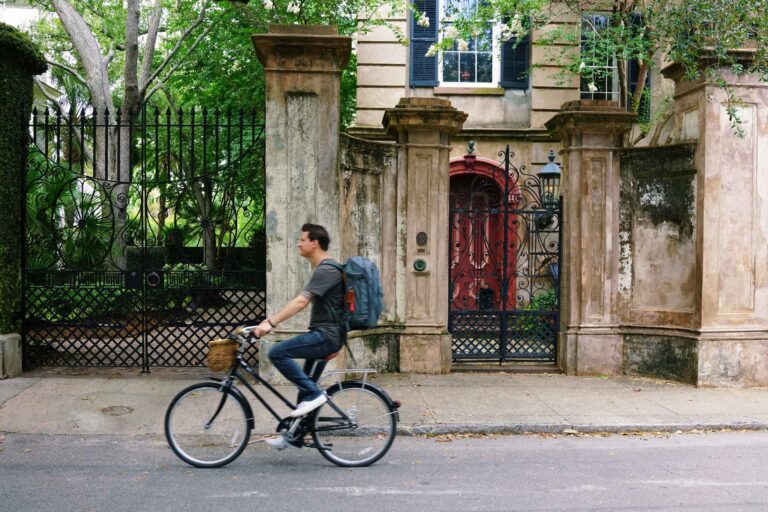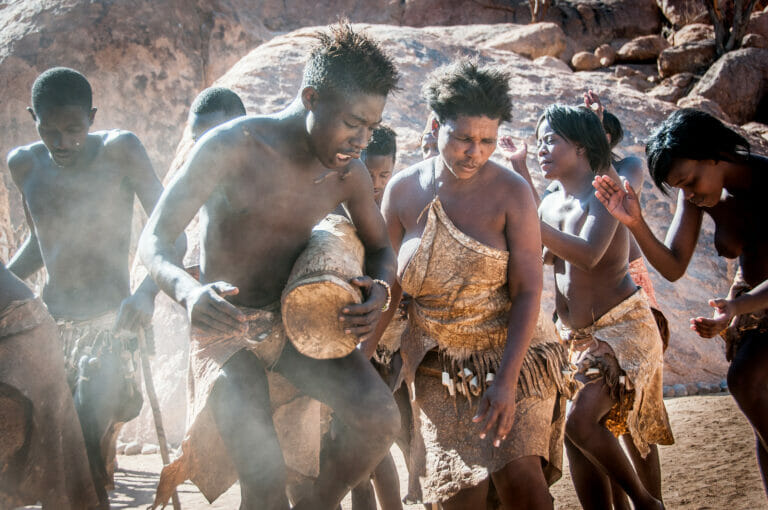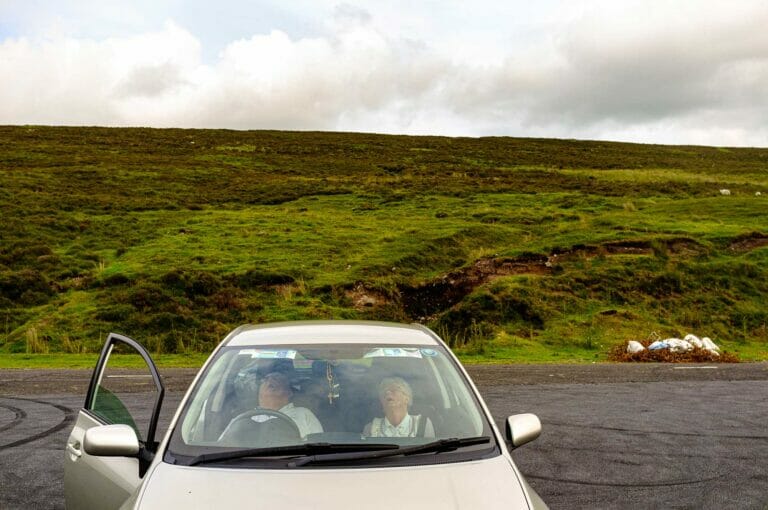Max Gor Interview: London-Based Street Photographer
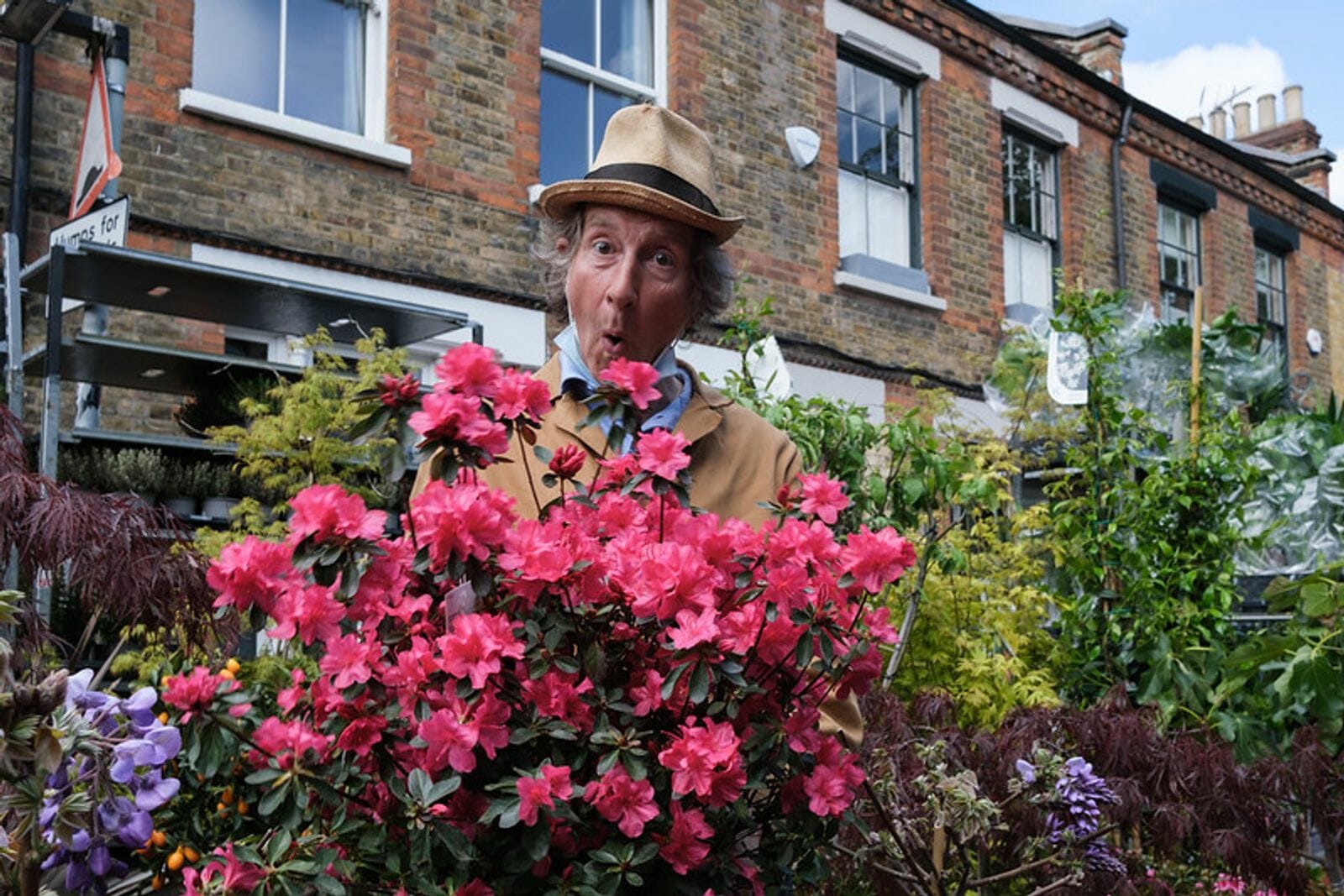
Max Gor is a photographer whose passion for street photography has become the main focus of his work. As he learned about different genres of photography, he realized that taking pictures of strangers candidly called to him.
Influenced by Henri Cartier-Bresson, Bruce Gilden, Ernst Haas, Fred Herzog, Harry Gruyaert, Saul Leiter, William Eggleston, and Joel Meyerowitz, Max deeply admires their work and has been exploring the possibilities of color photography. In his street photography, Max strives to capture candid moments that reveal the unique character of individuals as they navigate their urban surroundings, using color to bring the scene to life and help tell a story.
Below is our conversation.
Brandon Ballweg: How did you get started in street photography?
Max Gor: Some time ago, I was taking photos of a lot of things using different cameras and lenses. I was taking pictures of cars, people, events, animals, parties, and anything I could think of. Then I started learning about different genres of photography. There were portraits, wildlife photography, and architecture, but what was it called when you take a picture of a stranger without asking? Well, that and more can be put under the roof of street photography. Once I realised that I started studying street photography as a genre, and it became the main focus of my photography.

BB: Who are your biggest influences in street photography?
MG: Like many others, I started my street photography journey with Henri Cartier-Bresson. His work, “Behind the Gare Saint-Lazare,” gave me my first understanding of street photography. Before then, I did not fully appreciate the slogan, “It is you, not your camera, who takes photographs.” Despite his camera’s imperfections and low image quality by today’s standards, his work is still regarded as iconic. It took me some time to realize that image quality and the quality of a photograph have nothing to do with each other.
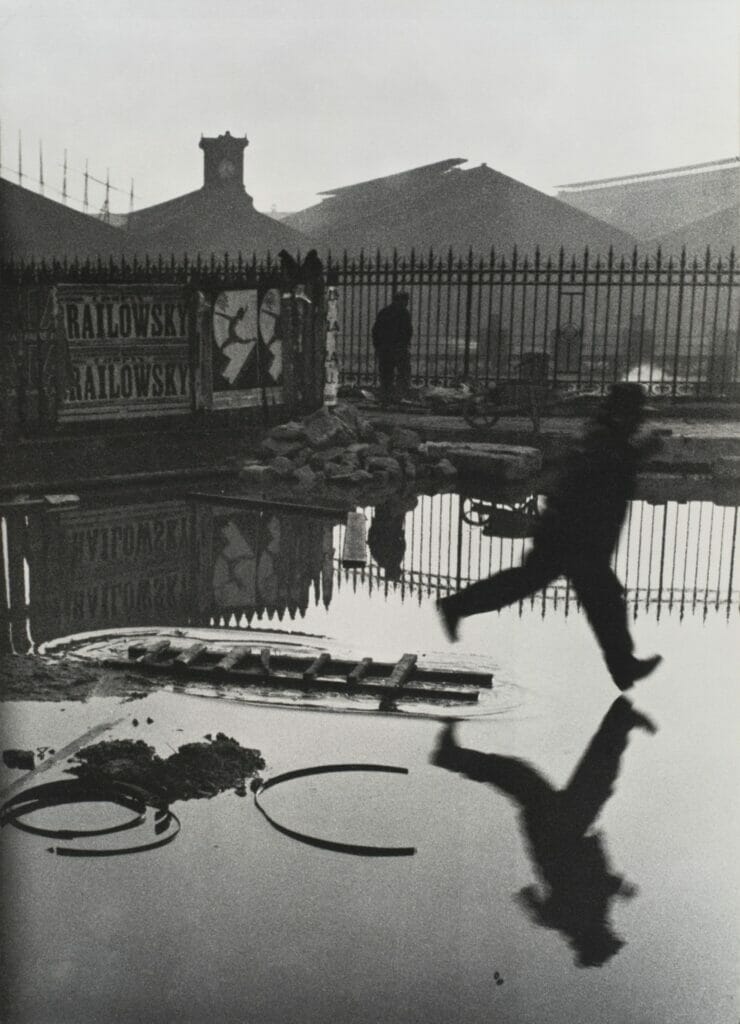
You may already be familiar with Bruce Gilden, a famous street photographer. His memorable quote, “If you can smell the street by looking at the photo, it’s a street photograph“, not only defines street photography, but also adds another dimension to it. When I said defines street photography, I should have said defines his street photography.
There are no strict rules to determine whether a particular photo can be called street photography.
Traditionally, a fundamental requirement of street photography was that it had to be candid. However, Gilden’s style of taking street photographs leaves very little room for candid shots. He often interacts with his subjects, and even directs them. In some of his projects, he even paid his models. I am not criticising Bruce Gilden, but rather using them as an example of how creative street photography can be.
As a fan of classic street photography, I deeply admire the works of Ernst Haas, Fred Herzog and Harry Gruyaert. Additionally, I have been exploring the works of other colour photographers such as Saul Leiter and William Eggleston, which has broadened my understanding of the possibilities of colour photography. Overall, I believe that colour photography offers a unique and powerful way of capturing the beauty and complexity of the world around us, and I am excited to continue exploring this medium in my work.
Last but not least, I would like to mention that Joel Meyerowitz, one of the most important photographers of the 20th century, played a key role in shaping my views and tastes in street photography.
BB: Do you have any favorite street photography books?
MG: Let’s carry on here with Joel Meyerowitz.
His book “Bystander: A History of Street Photography” with co-authors Colin Westerbeck is a comprehensive and detailed exploration of the history and development of street photography.
The book is organized chronologically and covers the major movements, styles, and photographers that have contributed to the evolution of street photography. Meyerowitz and his co-authors examine the works of prominent photographers such as Eugène Atget, Henri Cartier-Bresson, Walker Evans, Robert Frank, Diane Arbus and Garry Winogrand among many others.
Can not say enough how I recommend this book to novice street photographers.
“Magnum Streetwise” published by Thames and Hudson is another comprehensive excursion into Magnum street photographers work. I found it a bit simpler to read than Joel’s Bystander, but still, it is pretty comprehensive and gives a lot of insights into the diversity of street photography, from candid and humorous snapshots to gritty and poignant depictions of social issues.
Enjoyed a lot Fred Herzog’s book Modern Color. Fred was one of the pioneers of colour street photography and probably in photography generally. In 1950 not many people were using colour film and colour photography was not widely accepted as a serious art form. His photographs are characterised by their bold and striking colours, which are used to highlight the beauty and energy of the Vancouver city.
Ernst Haas book “New York in Color” is another photography book that showcases the stunning colour photographs from other pioneers of colour street photography. I learned a lot from this book – Ernst Haas is not only famous for their fascinating use of colour to show energy and vibrancy of New York City but also he demonstrated the artistic use of blur to give us a feeling of movement and rhythm.
If you a fan of colour, Harry Gruyaert’s book “Between Worlds” must be on your shelf. This book is a retrospective of Gruyaert’s work, featuring photographs taken over the course of his long and prolific career. This allows the reader to see the evolution of his style and the development of his vision over time.
BB: How would you describe your photographic style?
MG: My approach to street photography is rooted in a deep interest in human experience and behavior. I strive to capture candid moments that reveal the unique character of individuals as they navigate their urban surroundings. My focus is always on portraying people in their natural environment, which for me is the bustling and diverse city.

One of the most important elements of my work is the use of colour. To me, colour is an essential part of the urban landscape and a key component of the scenes I capture. I am always looking for vibrant and expressive colours that bring the scene to life and help to tell a story. For me, colour is not simply a visual element, but an integral part of the subject matter itself.
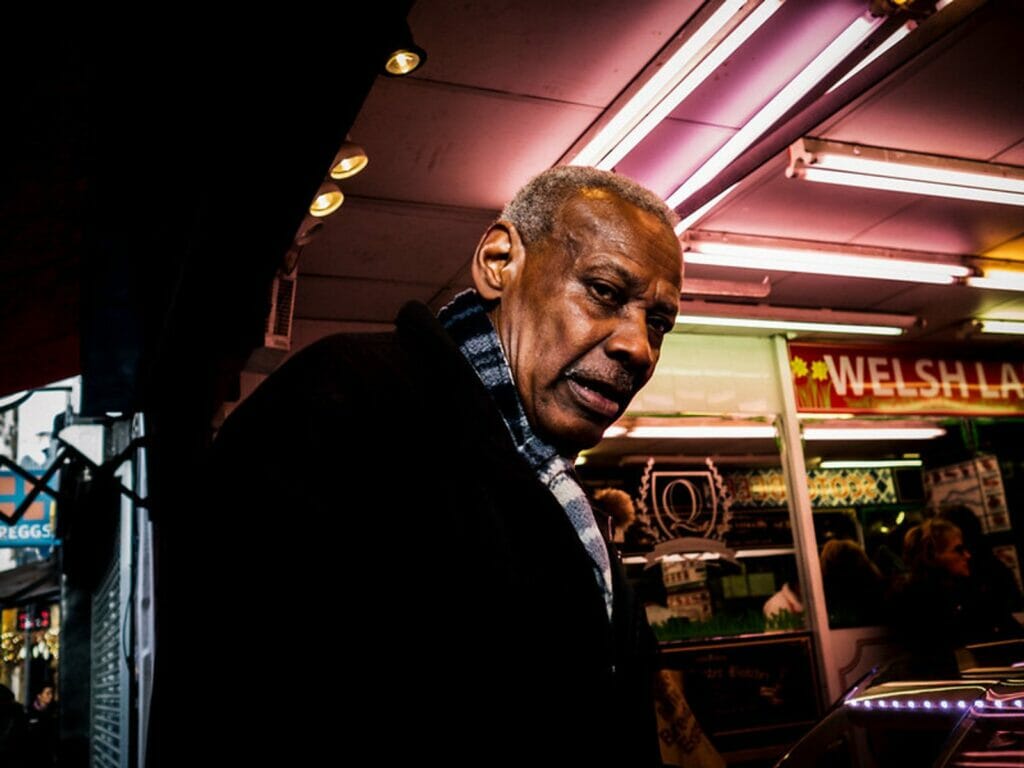
BB: What inspires and motivates you to create photography?
MG: For me, street photography is more than just a hobby or a creative pursuit. It is a form of meditation that allows me to disconnect from the stress and demands of everyday life. When I am out on the streets with my camera, I feel a sense of freedom and liberation that is hard to find elsewhere.
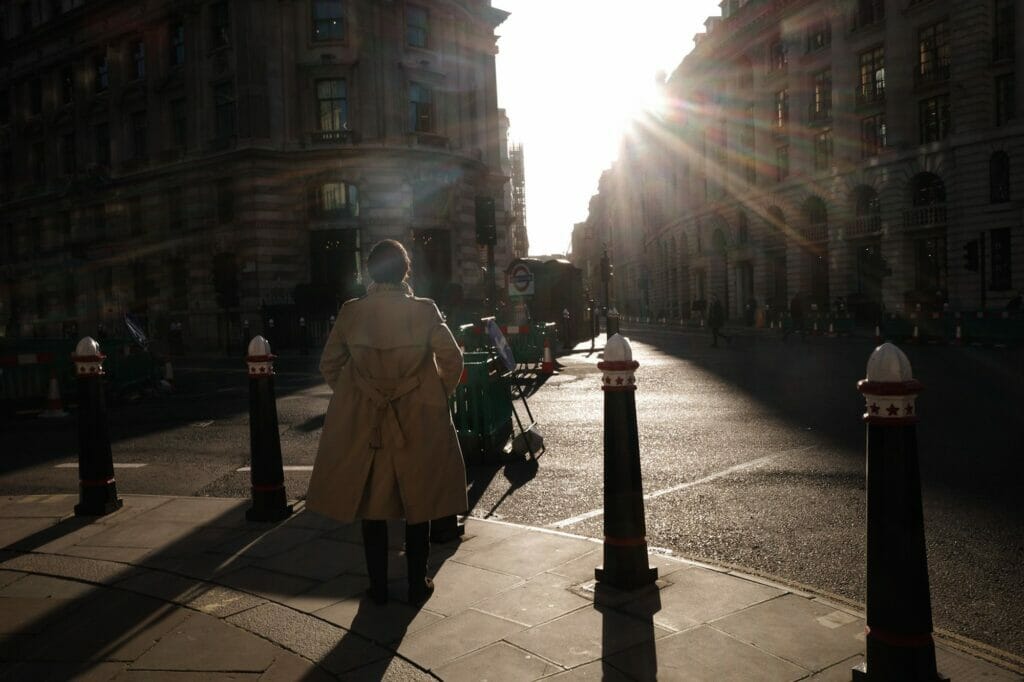
In a way, street photography is like a form of therapy for me. After a busy and demanding work week, it provides a way to unwind and decompress. I can lose myself in the moment, exploring the city and observing the people around me without any particular agenda or purpose. It’s a time when I can simply be present, enjoying the sights and sounds of the city and immersing myself in the flow of life.
BB: What do you think makes a street photograph stand out/keep for your portfolio?
MG: When it comes to editing my street photographs, I am always on the lookout for those essential elements that can take an image from good to great. For me, it’s all about crafting an image that captures the energy and character of the city in a unique and compelling way.
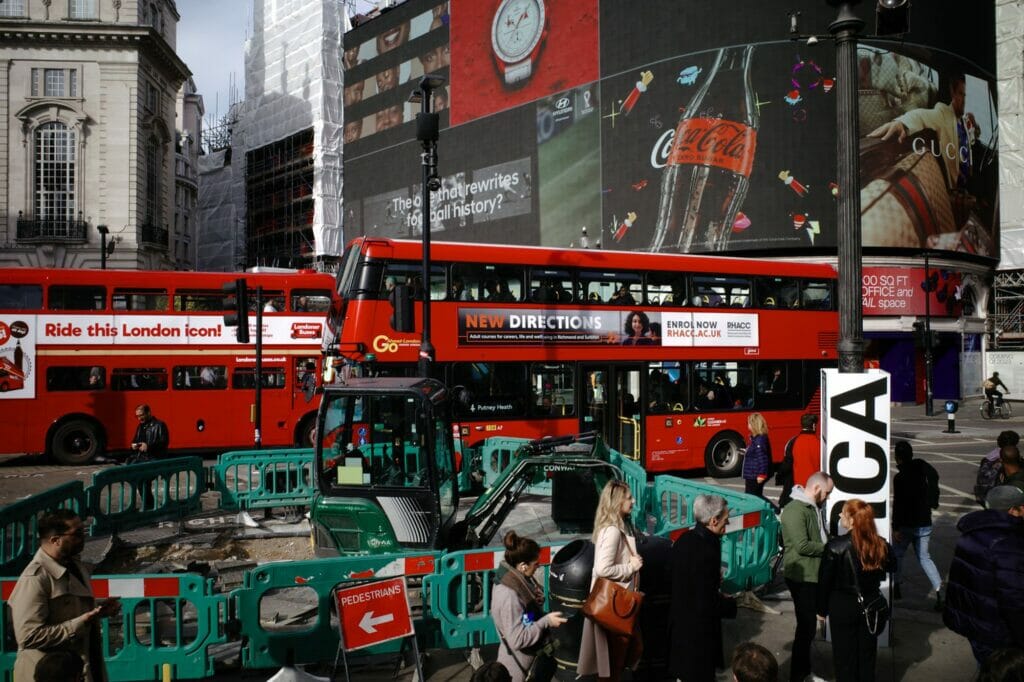
Also I am looking for strong compositional elements. This can include things like interesting or intense colours, which can help to draw the viewer’s eye and create a sense of mood or atmosphere within the image. By playing with colour, I can emphasize certain elements within the scene and create a more dynamic and engaging image overall.
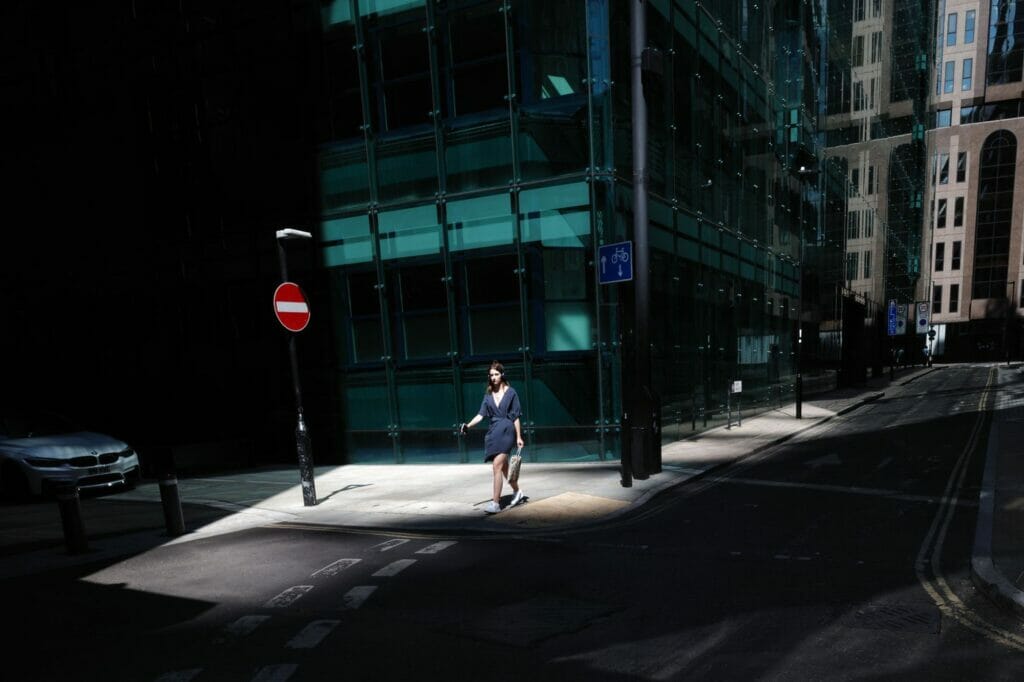
Photographs built on principle of harmony likely to get on the short list, but photographs that highlight tension and contrast have even more changes to get selected as a keeper.

In addition to these elements, I believe that a great street photograph must have a strong visual narrative. It should tell a story or convey a message that resonates with the viewer, whether that’s a moment of everyday life, a social issue, or a unique perspective on the world around us.
Ultimately, what makes a street photograph stand out and keep for my portfolio is its ability to evoke an emotional response from the viewer. Whether it’s a sense of nostalgia, joy, or even discomfort, a great street photograph should make the viewer feel something and leave a lasting impression on their mind.
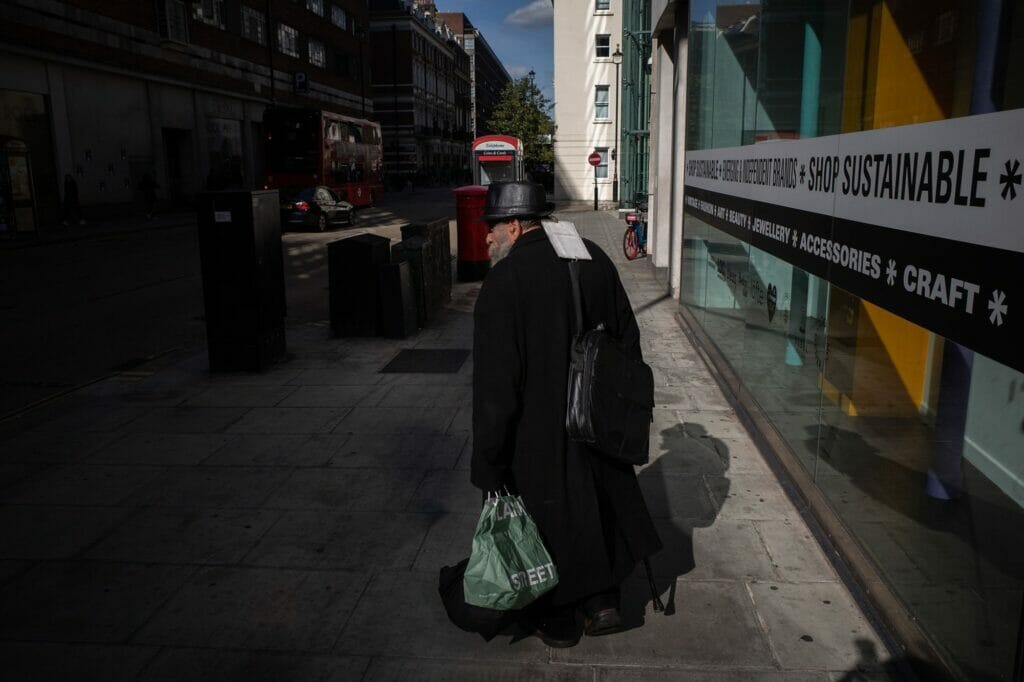
BB: What would you like viewers to feel when they see your work?
MG: I want them to feel what I felt when I was taking that photograph. Sometimes this happens and it means that I have succeeded, sometime viewers comes up with own ideas and interpretations.
The second outcome brings even more joy, creating something which can be interpreted in different ways and elicit different emotions from viewers is the ultimate goal. I want my work to make viewers pause, think and perhaps see the world in a new light. Whether it’s a sense of nostalgia, wonder, curiosity or even discomfort, I want my images to evoke an emotional response that stays with the viewer long after they’ve looked away.
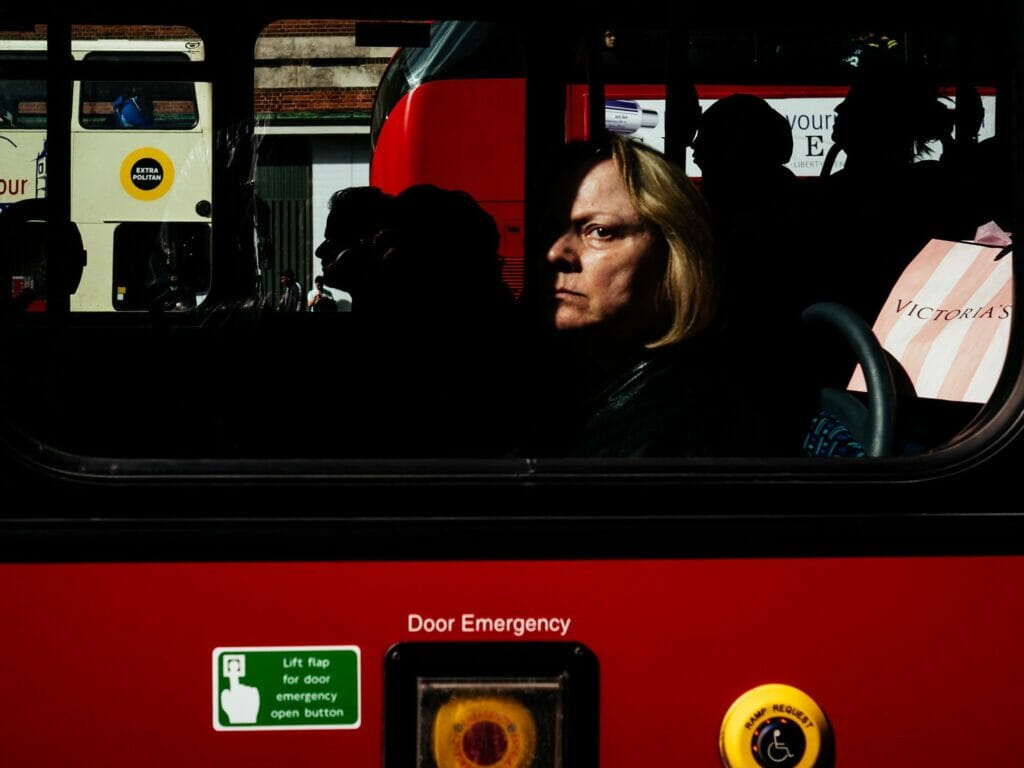
BB: What have you struggled with in your photography, and was there anything that helped you overcome it?
MG: I have never found street photography to be a struggle. Instead, I approach it as a positive and soul-healing experience. However, there are times when I feel unmotivated or run out of ideas for shooting in London. In these moments, I like to buy a new photography book to gain fresh ideas and inspirations.
BB: What do you think the point of street photography is?
MG: For me amazing part of street photography is being able to create something worth noting, knowing or seeing from the word we all live in. Ernst Haas probably gave a best answer to this question, he said “I am not interested in shooting new things – I am interested to see things new.”
Street photography can serve as a visual documentation of the time and place we live in, capturing the unique moments and perspectives that may otherwise go unnoticed. I can again reference here Fred Herzog and Ernst Haas, both captured the changing landscapes of their cities in the 1950s, preserving these moments for future generation.

BB: In what ways has your photography evolved over the years, and is there a particular style that you’re gravitating towards?
MG: My street photography has evolved as I’ve gained a better understanding of the genre. In the past, I focused on shooting a lot of stranger portraits, and I was also inspired by Gilden’s flash work, so I tried that out as well.
However, these days, I have a newfound appreciation for the colour work of Fred Herzog, Ernst Haas, and Harry Gruyaert. I’m particularly inspired by Haas’s abstract street photography, and his quote, “I am not interested in shooting new things – I am interested to see things new” resonates with me deeply. I find myself drawn to his unique perspectives and his ability to capture the essence of a scene through abstract compositions.

BB: You do a combination of street photography with people in it and what I would call cityscapes or urban landscapes. What do you think makes for a good cityscape composition?
MG: If I had to shoot a cityscape, I would look for interesting lighting and a balanced composition from the perspectives of colour and geometry. I used to shoot cityscapes a lot in the past, but I have lost interest in this genre. While I may still shoot cityscapes in the future, I don’t think it represents my current body of work.
BB: What’s something you would like to share that I haven’t asked you?
MG: Street photography is one of the most democratic genre of photography. You do not need most advanced cameras or most expensive lenses available on the market. Most of the lenses at F/8 are pretty decent and most of the cameras sold today covers all street photography needs.
Instead of investing in costly gear, consider investing in education, books, seminars, master classes, or travel. Henri Cartier-Bresson’s iconic image, “Behind the Gare Saint-Lazare,” illustrates this point.
It’s important to shoot for personal enjoyment rather than trying to please others. While it’s nice to have an audience who appreciates your work, it should not be the primary objective. The ultimate goal is to find happiness in the process of creating.
Be happy!
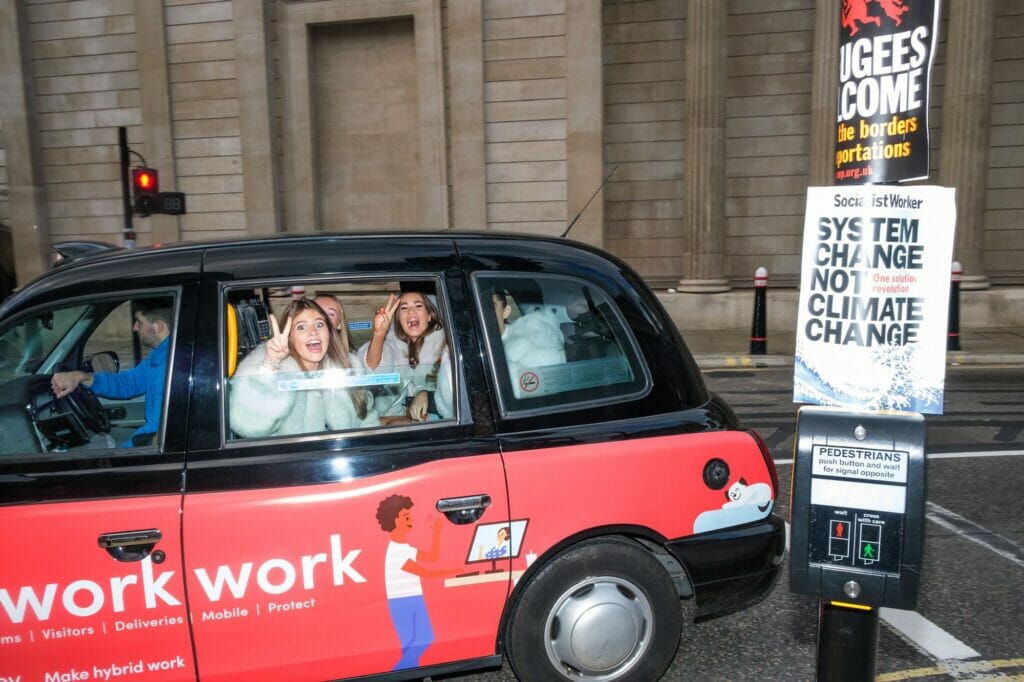
BB: Where can people follow you online?
MG: You can follow me at the following resources:
Flickr: https://www.flickr.com/photos/maxgor/
Instagram: https://www.instagram.com/rawstreetsldn/
I am building portfolio website which is not completed yet: https://maxgor.myportfolio.com/work
And you always can drop me a line at maxgor@outlook.com.


